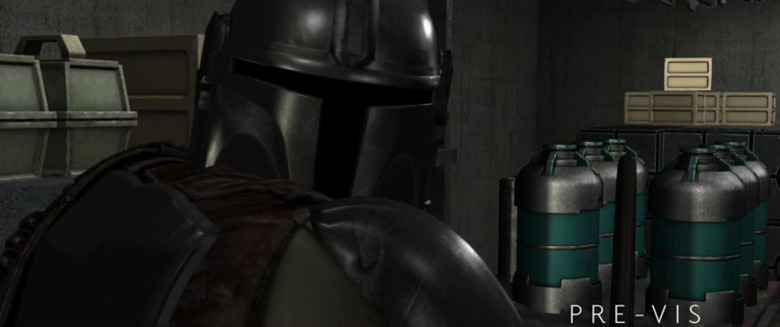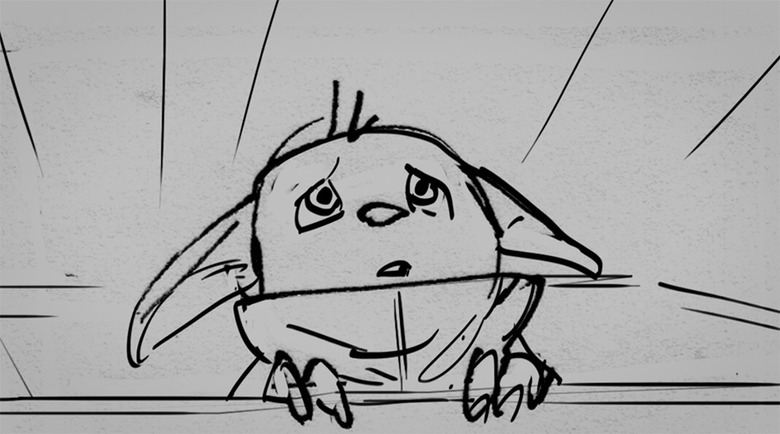Every Episode Of 'The Mandalorian' Was Previsualized Entirely With Virtual Cinema
This week's edition of Disney Gallery: The Mandalorian was shorter than usual, running just under 20 minutes. However, it revealed some more fascinating behind-the-scenes details of the live-action Star Wars series. Like the previous two episodes, this one keeps the focus on the technical side, specifically the visualization process used to plan what will go in front of cameras, both practically and in the immersive virtual set known as The Volume. And we see yet again how The Mandalorian shakes up the typical film production process.
In this episode, it's revealed that The Mandalorian is not only groundbreaking in the technology being used to make the Star Wars series, but also the manner in which the production is planned through storyboards and previsualization. More specifically, every single episode of The Mandalorian was previsualized in its entirety, and they did it by using the same virtual cinema technology that Jon Favreau utilized while remaking The Lion King.
The New Filmmaking Process
On typical Hollywood productions, storyboards are drawings used to help filmmakers plan sequences and figure out what they're going to shoot when they're on set. On big blockbusters that rely on visual effects, there's also a step in production called previsualization, which is where computer renderings of big sequences are used to help more meticulously plan what needs to be shot before footage is handed off to post-production for the addition of digital effects. But instead of going that route, The Mandalorian took a cue from how animated movies are made at places like Pixar Animation.
After storyboarding an episode of The Mandalorian, the entire episode was then previsualized using what Jon Favreau refers to as virtual cinema. It's the process by which a video game engine is used to create a computer generated set that allows virtual cameras to be operated within the digital environment. Using these virtual cameras, as well as motion-capture technology, filmmakers can more efficiently and carefully plan every single shot of an episode, so when the time comes to shoot it on set, the process is much more seamless and easy.
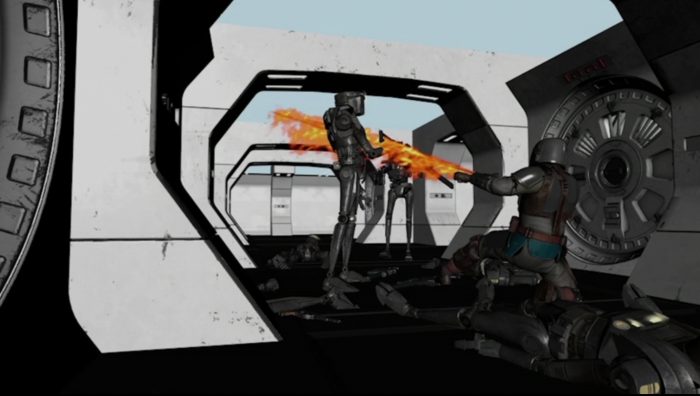
Part of the reason for this new approach comes from the existence of the virtual set technology The Volume. Because backgrounds need to be created in advance to be displayed on the screens that surround many of the sets on The Mandalorian, a lot more needs to be solidified before cameras start rolling. With a lot of other VFX-heavy films, green screen is used, and the shots aren't completed until they're being worked on in post-production, often weeks or even months after the footage was shot. The extensive previsualization process requires a lot less work to be done in post-production, thus streamlining the entire production schedule.
Directors Deborah Chow, Bryce Dallas Howard, and especially Rick Famuyiwa were blown away by the more in-depth previsualization process. Each of them got used to the workflow and appreciated how much more time it allowed them to make sure the story was right and to ensure everything was planned, reworking multiple elements before getting behind the camera. The Mandalorian is really changing the way live-action filmmaking is done in a variety of ways.
The Mandalorian Storyboards
Along with a peek behind the scenes at the new production process, the latest episode revealed some of the storyboards used in the first season, ranging from the reveal of The Child to the Mandalorian's battle with the mudhorn, and more. Here are some of the images revealed in the episode:
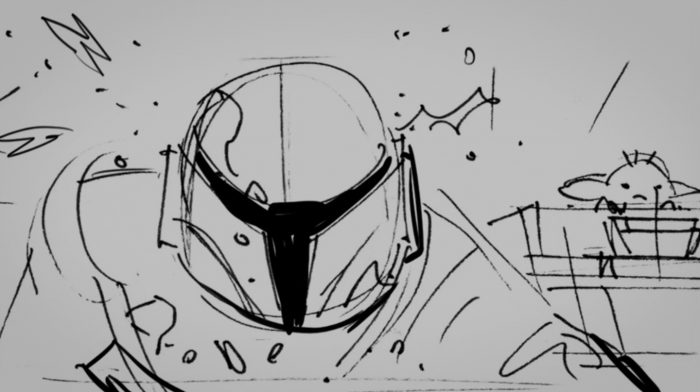
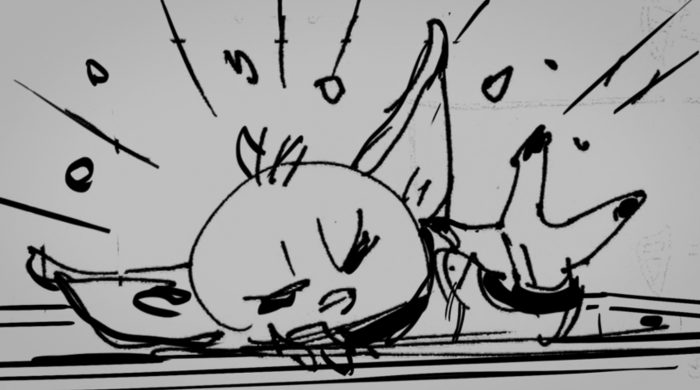
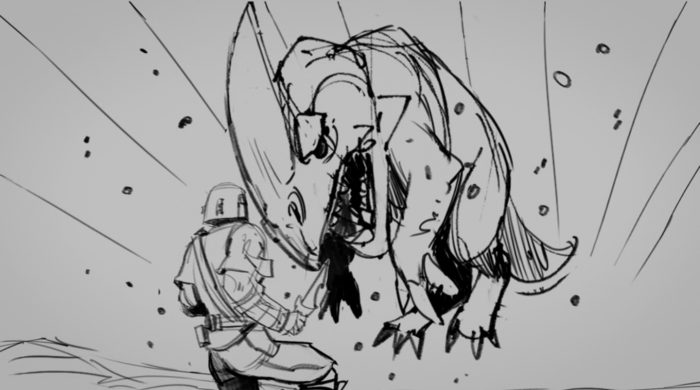
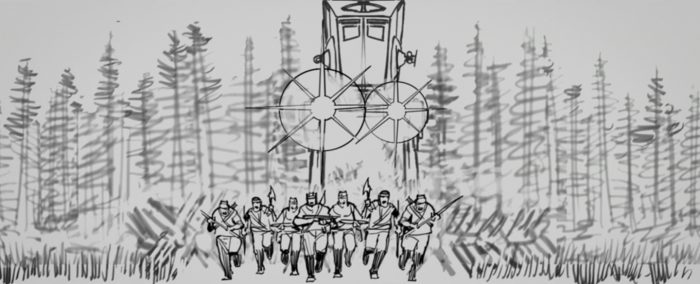
The latest episode of Disney Gallery: The Mandalorian is available right now on Disney+.

